Adam Formica
Olive flowering forecast 2023 Part 2
#Olive #flowering 🌸 forecast 📈 Part 2: flowering will start in earnest on Thursday, 4 May in parts of southern #Italy and #Greece and western #Turkey and #Syria. Regional forecasts show olive #pollen will reach >1000 grams/m3 in these areas. Local forecasts in Italy show olive pollen will increase on Friday in Puglia (Brindisi) and Sardinia (Cagliari) and on Sunday
Olive flowering forecast 2023 Part 1
The #olive #pollen 🌸 forecast over Europe for the next few days shows high pollen counts (purple areas, >1000 grains/m3) over southwestern #Spain and #Portugal as olive trees come into bloom. A big problem is that #flowering is starting at a time of extreme #heatwaves in the southern Iberian Peninsula. Weather forecasts for the region through 6 May show several
Olive outlook Europe
#Olive trees are coming into bloom across the Mediterranean over the next few weeks. As the new season kicks off, it’s a good time to calibrate expectations for the year to come. The 2021-2031 EU Agricultural Outlook forecast #oliveoil production would grow by about 20% in the next decade. However, in 2022/23 there was a record-low harvest of 1.4 million
Table grapes data capture and yield prediction now live
Our mobile data collection and yield prediction features for table grapes are now live in the Sensonomic app! Currently we support field sampling of Shoots and bunches before flowering (Phase 1) Bunches and berries from fruit set to veraison (Phase 2) We expect a plot-level prediction accuracy of 65% during Phase 1 67% during Phase 2 Exact accuracy will depend
Measuring flowering for early season yield prediction and harvest insights
Para español, haga clic aquí. Yield predictions from flowering Conducting a quick, visual assessment of olive flowering with Sensonomic’s mobile app can produce highly useful estimates of future yields. We have developed specialized algorithms to predict final harvest weight from flowering measurements with an accuracy of 81% down to plots of 50 ha. Predicting total harvest weight early in the
Value drivers for operations and land assets
How technology can align incentives for producers, investors, and society Technology can only take you so far. Investors play a crucial role in making land assets more valuable over time. Land assets can provide both annual cash flow from agricultural production, and asset value increase over time. The asset typically increases in value due to limited supply, or through having
Tracking flowering gives producers a head start on harvest planning
Producers can get a head start on planning for the harvest season by tracking how the extent and timing of flowering varies across their groves. In the Mediterranean region, flowering typically occurs between April and May.
Olive flowering is an early and strong indicator of yields
Every spring olive producers carefully record the number of flowers on a sample of their trees with an important purpose in mind. The extent of flowering can be an early and strong predictor of the weight of olives at harvest in autumn with an accuracy of 60-75%.
Tracking an elusive tree on the edge of the Sahara
How would you assess a business idea involving complex supply chains, and ensure the best decisions for the business’ early stage growth phase? Leveraging our knack for multimethodology, Sensonomic recently provided clients with essential resource mapping and supplier market information. This helped establish robust and evidence based operations. Found in everything from chocolate to hair treatment, the shea fruit
Environmental conservation – more food on less land
Agriculture is vital to feeding the world’s population but its environmental cost is massive, occupying 70% of ice-free land and driving deforestation. Recent proliferation of agricultural data presents an exciting opportunity to apply advanced analytics to improve efficiency and reduce impact. In this video I talk about my DPhil research at the University of Oxford on computational simulation to help

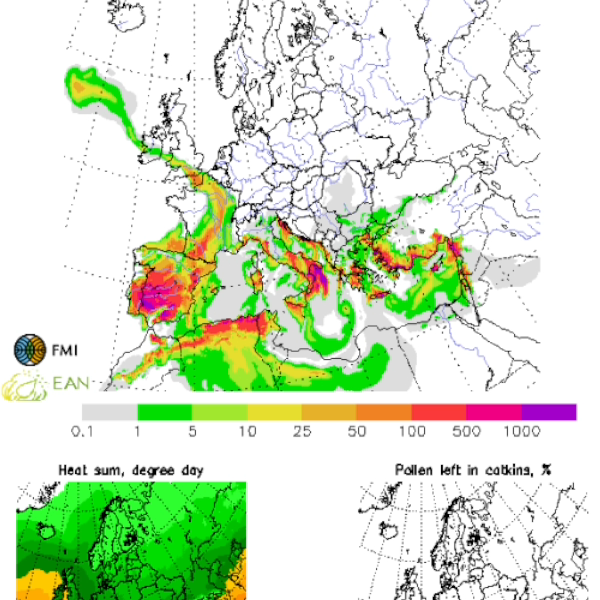
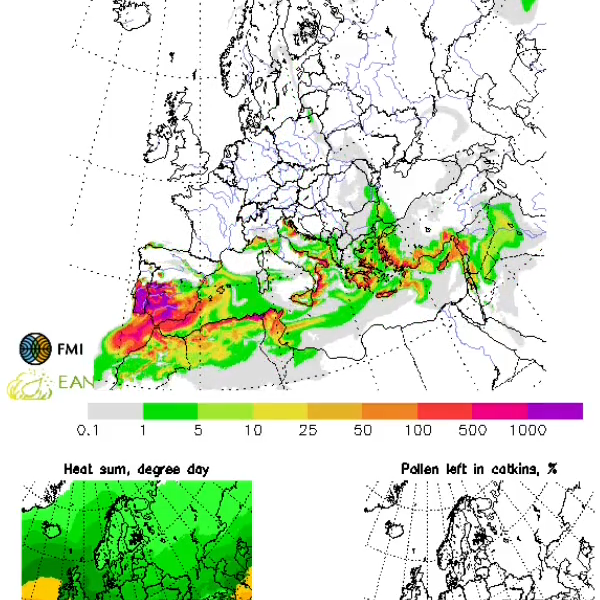
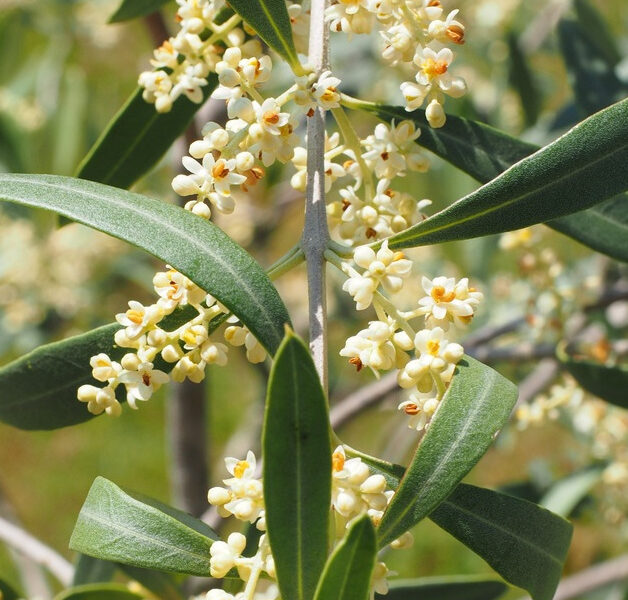
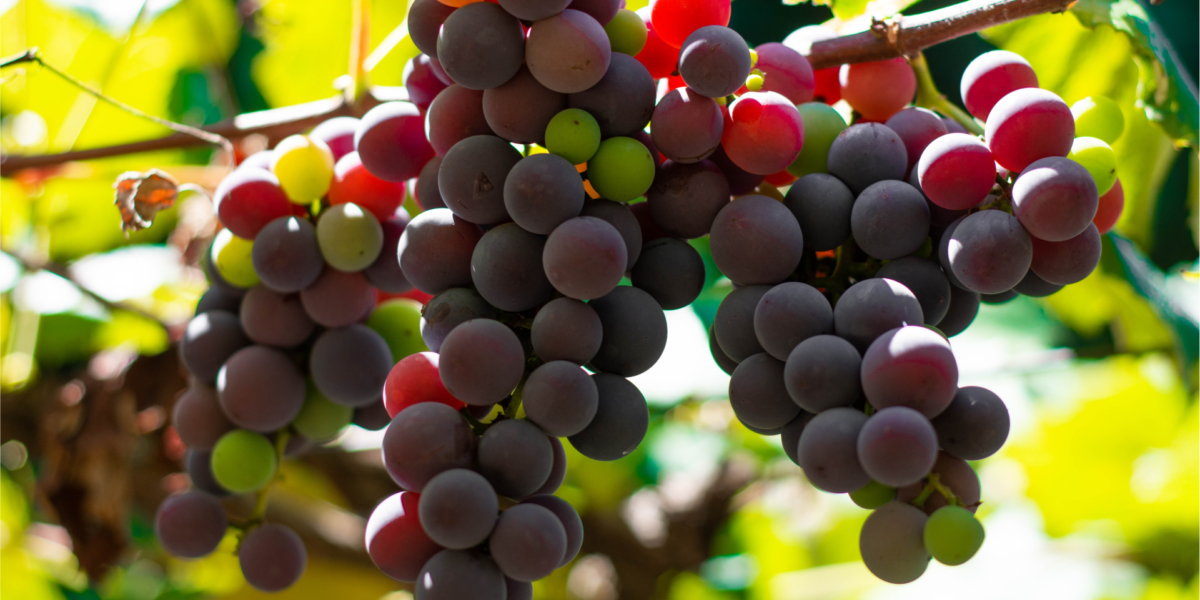
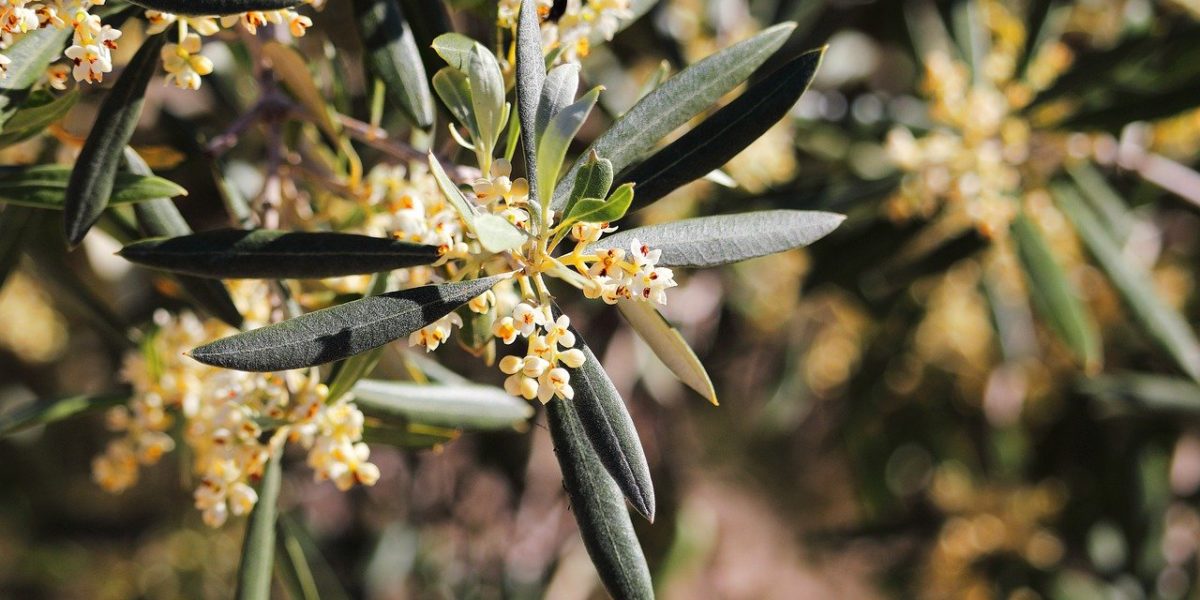
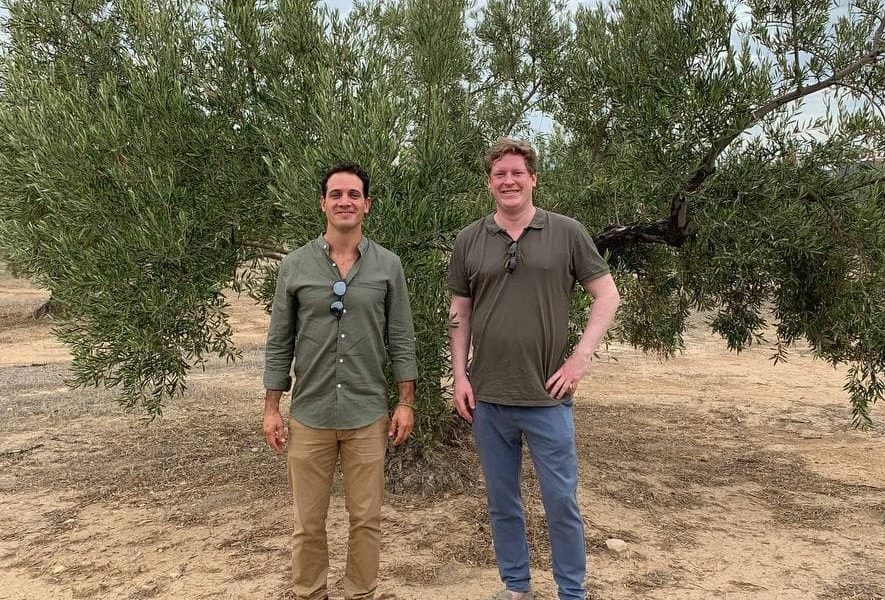

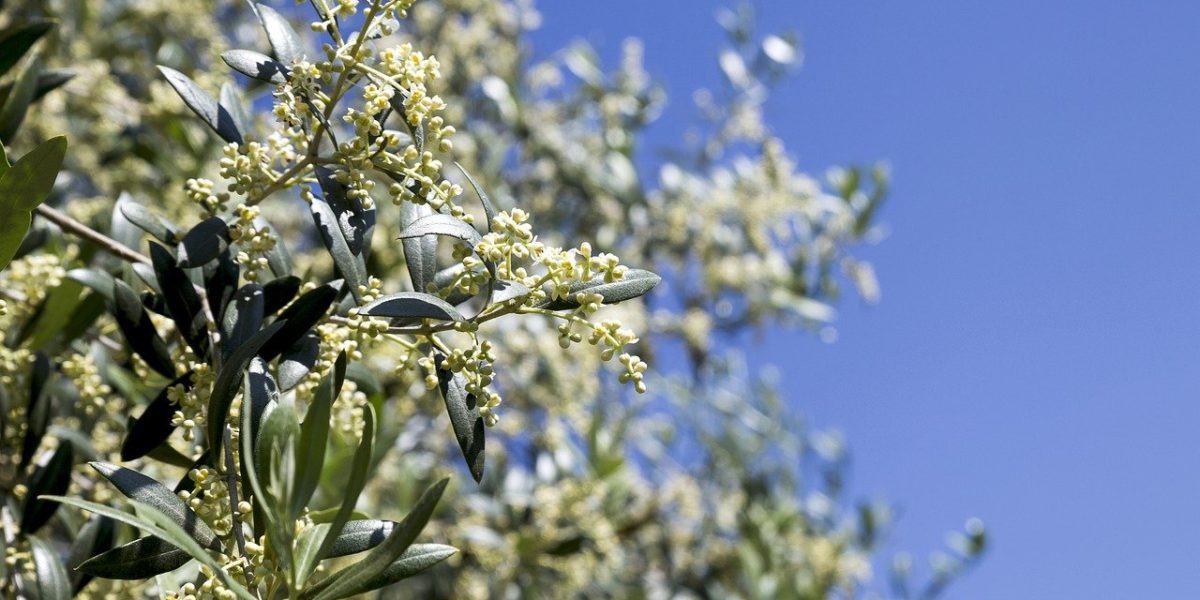
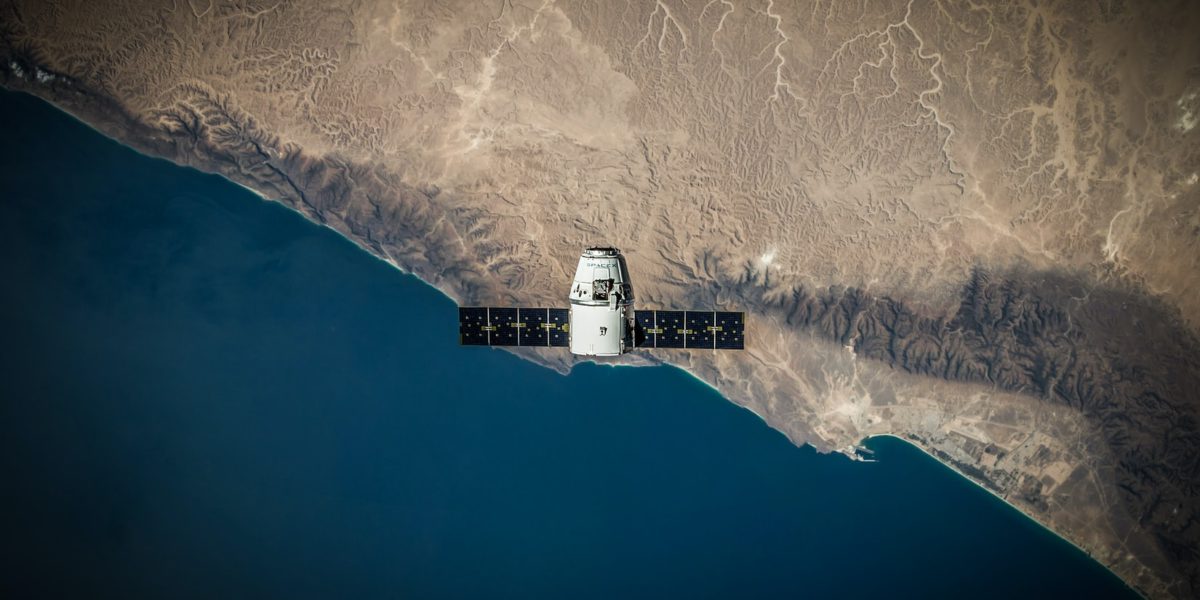

Recent Comments